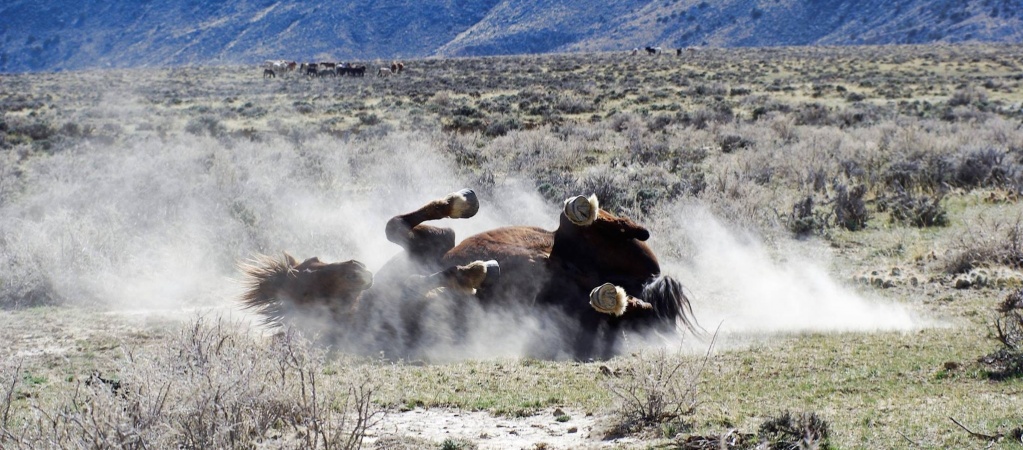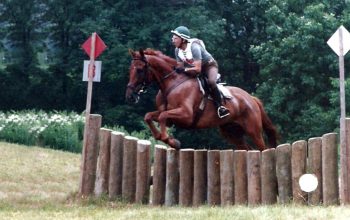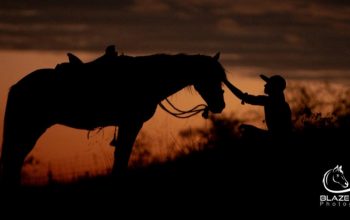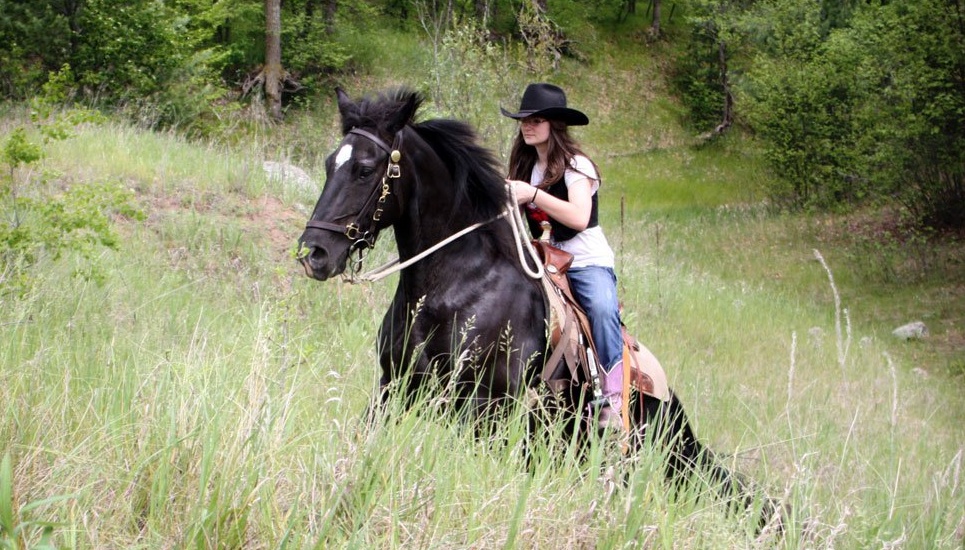Photo Journalism of the Sweetwater County Mustangs as chronicled by Equine Photographer Pat Doak since 1976
A thousand horse and none to ride!
With flowing tail, and flying mane,
Wide nostrils never stretched by pain,
Mouths bloodless to the bit or rein,
And feet that iron never shod,
And flanks unscarred by spur or rod,
A thousand horse, the wild, the free,
Like waves that follow o’er the sea,
Came thickly thundering on.~Lord Byron, XVII, Mazeppa, 1818
When I moved to Rock Springs, Wyoming in 1989, I didn’t know any one, so I drove endless miles of county roads and two tracks, exploring the area. Everywhere I went, I came across herds of wild horses, most of which were big boned, tall and sturdy. I noticed that some areas had primary colors of sorrels with flaxen manes and tails, while other areas were more colorful, and another area had curly horses.
I’ve always had an interest in local outlaw, ranching, mining, Native American History and rock art. Sweetwater County also has three major emigrant trails which travelled east to west from the 1840’s through the early 1870’s, the Oregon/Morman Trail to the north, the Overland Trail which follows much of the I-80 corridor, and the Cherokee Trail to the south. All of these subjects and cultures had one thing in common; horses.
One source contributing to the lineage of the local feral horse population, was draft stock from the emigrant trails. Many were let go when they were played out, or were lost along the way, and if they survived, became feral and multiplied.
Outlaws were known to steal horses from the emigrants, drive them south for a short time, then driven back to the trails to be sold back to unsuspecting emigrants traveling through at a later date. The Tip Gault Gang was one of the outlaw gangs who profited from this practice, but were ambushed and killed after they attempted to sell back horses to the brother of a horse trader they had stolen from. While stealing horses, and driving them away from pursuing emigrants, horses escaped, and the outlaws couldn’t risk going back for them.
 Native Americans also played a large part in the introduction of horses in Southwest Wyoming. The Colorado/Wyoming/Utah borders was also the border to the Shoshone Territory to the North, and the Ute Territory to the South. The Ute Indians measured their wealth and power in the number of horses they accumulated, and the Ute horse raids during the 1800’s is well documented. A recent archaeological study* at the Powder Rim area, on the Wyoming/Colorado border, has shown that the number of horses gathered were on a large scale. There are still remnants of a juniper drift fence, which has a six mile circumference in the Upper Powder Spring Basin. Above the basin, is a ridge of sandstone, which provided a clear vision of approaching enemies, and had several low ceilinged rock shelters, some of which still have rock and juniper log reinforcements for protection of warring parties. The ceilings of the rock shelters contain charcoal drawings depicting horse raids. This area was in the northern most
Native Americans also played a large part in the introduction of horses in Southwest Wyoming. The Colorado/Wyoming/Utah borders was also the border to the Shoshone Territory to the North, and the Ute Territory to the South. The Ute Indians measured their wealth and power in the number of horses they accumulated, and the Ute horse raids during the 1800’s is well documented. A recent archaeological study* at the Powder Rim area, on the Wyoming/Colorado border, has shown that the number of horses gathered were on a large scale. There are still remnants of a juniper drift fence, which has a six mile circumference in the Upper Powder Spring Basin. Above the basin, is a ridge of sandstone, which provided a clear vision of approaching enemies, and had several low ceilinged rock shelters, some of which still have rock and juniper log reinforcements for protection of warring parties. The ceilings of the rock shelters contain charcoal drawings depicting horse raids. This area was in the northern most  area of their territory, and it enabled them to travel north and northeast to obtain horses from not only the Shoshones, Bannocks and Arapahos, but also emigrants and early ranchers. Again, horses escaped during the fast and furious raids while the Utes were being chased by their enemies, and again, some survived and became feral.
area of their territory, and it enabled them to travel north and northeast to obtain horses from not only the Shoshones, Bannocks and Arapahos, but also emigrants and early ranchers. Again, horses escaped during the fast and furious raids while the Utes were being chased by their enemies, and again, some survived and became feral.
Ranchers also contributed to the lineage of the horses in Sweetwater County. Horses were raised on the open range and gathered once a year, and as many as 1400 head were sold. Many had Morgans, Standardbreds, Army Remount Thoroughbreds, and Tennessee Walkers turned into their herds to improve the bloodlines. DNA testing from horses gathered from the Checkerboard Gather in 2014 show these bloodlines.
 Curly Horses
Curly Horses
Another breed which was introduced in the 1940’s, was the Curly Horse. A rancher by the name if Isaac Brooks bought a black Curly colt from a trader at Fort Laramie who he named the Laramie Stud. His colt, Rocket, was later retired to the range by Brooks’ nephew in 1974. The Curly horses still remain on the range to this day, and are all descendants of Rocket.
This article originally appeared in the June 2017 issue of Sport and Trail Magazine. For more photos be sure to enjoy them by clicking the magazine cover!
 *Reference: James D. Keyser and George Poetschat; “Ute Horse Raiders on the Powder Rim: Rock Art at Powder Wash, Wyoming”
*Reference: James D. Keyser and George Poetschat; “Ute Horse Raiders on the Powder Rim: Rock Art at Powder Wash, Wyoming”







